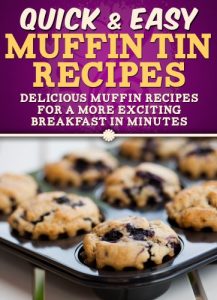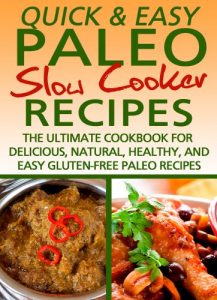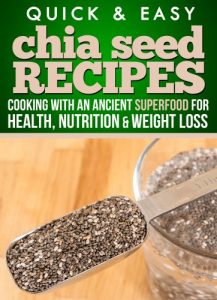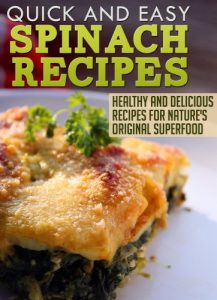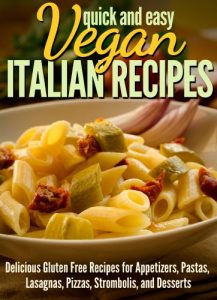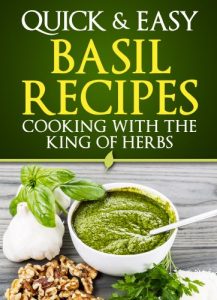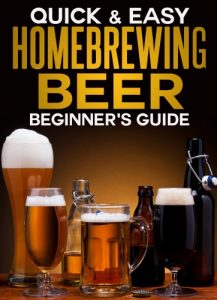Introducing Muffin Tin Recipes: Delicious muffin recipes for a more exciting breakfast in minutes from the Quick and Easy Series!
What's so great about muffins?
Tired of the same breakfast routine? A cup of coffee and a bowl of cereal sometimes just doesn’t cut it – you may find yourself hungry again an hour later or simply craving something a little more filling. If you are in need of a makeover for your breakfast routine, this book is just what you’ve been looking for. Muffins are a great way to start your day – enjoy them hot with a pat of butter or jam, or take them with you for a meal on the go.
Are these Muffin Tin Recipes difficult to make?
Of course not! Most of these recipes are very easy to throw together and bake in 30 minutes or less.
What do I need for these Muffin Tin Recipes?
Muffins can be made using a variety of ingredients. The foundation of any muffin recipe is flour – several different types of flours can be used including all-purpose flour and whole wheat flour. Different flours provide different texture and density to muffin recipes. Below is a brief summary of what you will need for our Muffin Tin Recipes:
Supplies
Before you can start preparing your muffin batter, you need to gather the right supplies. You will probably need two bowls, one for mixing the dry ingredients and one for mixing the wet. You may also need a wire whisk or an electric beater, depending on the recipe. To bake your muffins you will need a standard 12-cup muffin pan which you may grease with cooking spray or line with paper muffin pan liners.
Dry Ingredients
Muffins can be made from a variety of different dry ingredients, the most common of which is all-purpose flour. In this book, however, you will find muffins calling for the use of whole wheat flour, oats, wheat bran and even cornmeal. Each of these ingredients results in a different flavor and texture.
Leavening Agents
Baking powder and baking soda are the most common leavening agents used in muffin recipes and both react with other ingredients to create carbon dioxide which makes the batter expand and rise during baking. Baking powder can be used in many different recipes but baking soda only works when an acidic ingredient such as buttermilk or lemon is used in the recipe.
Sweeteners
You are probably most familiar with granulated (white) sugar as a sweetener in baking recipes. You can, however, use other sugars such as powdered sugar and brown sugar to make muffins. If you prefer to use natural sweeteners, you can substitute honey or pure maple syrup for sugar in any of these recipes. Keep in mind that substituting a liquid sweetener like honey for granulated sugar may require the addition of extra flour and/or the reduction of the liquid in the recipe.
Add-Ins
There are a variety of different things you can add to muffin batter to enhance the flavor. Chopped nuts, for example, will give your muffins extra flavor as well as a little crunch. You can also use dried fruit, fresh fruit and even grated vegetables like carrot or zucchini.
What are the recipes that your ebook offers?
- Blueberry Muffins
- Banana Muffins
- Pumpkin Muffins
- Bran Muffins
- Chocolate Muffins
- Chocolate Chip Muffins
- Cranberry Muffins
- Apple Muffins
- Cinnamon Muffins
- Zucchini Muffins
- Oatmeal Muffins
- Carrot Muffins
- Applesauce Muffins
- Raisin Muffins
- Raspberry Muffins
- Strawberry Muffins
- Lemon Poppy Seed Muffins
- Corn Muffins
- Coffee Cake Muffins
- Peach Muffins
